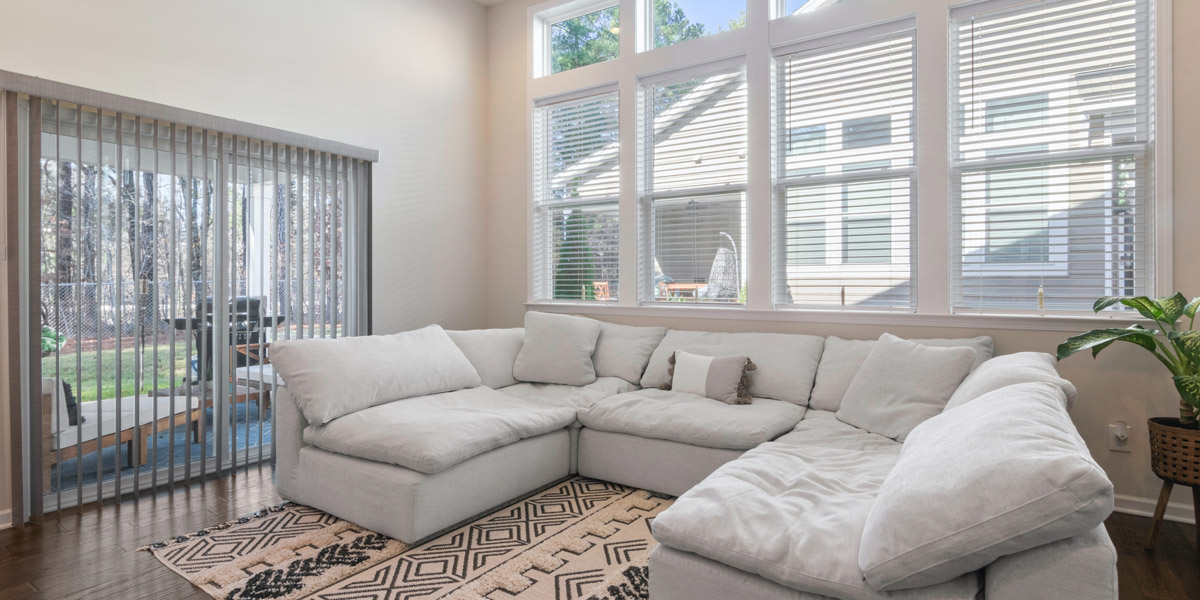
When shopping around for new, energy efficient windows for your Arizona home, you’re likely to come across the termLow-E glass. Low-E, or low-emissivity, glass was created to reduce the amount of infrared and ultraviolet light coming through the home without decreasing natural light. This thin coating reflects light and is transparent – you won’t even know it’s there!
While Low-E glass windows do cost more than standard windows, they are worth the investment, especially for desert homes. Let’s learn more about Low-E glass windows and why you might want to look for this feature in your new replacement windows.
What is Low-E Glass, Exactly?
When it comes to replacing your windows, the type of glass you choose deserves careful consideration. Experts say that around 40 percent of energy loss occurs in doors and windows, and the majority of this heat loss happens through the glass itself.
Low-E glass windows have a thin coating on them that reflects heat. This coating is thinner than human air and completely transparent, so you can’t tell it’s there by looking at it. The purpose of this microscopic coating is to keep the temperature in your home consistent by reflecting interior temperatures back outside.
During the summer, the heat and UV rays stay outside without impacting the natural light entering your home. During the winter, the winter heat stays in, keeping your home more comfortable. There are several factors used to measure the effectiveness of Low-E glass coatings, as not all are the same.
- Solar heat gain coefficient (SHGC): This refers to the fraction of incident solar radiation that comes through the window.
- U-value: This is the rating given to a window based on how much heat loss it allows.
- Visible light transmittance (VLT): This measures how much visible light passes through the glass.
- Light to solar gain: This is the ratio between the window’s visible light transmittance and its solar gain coefficient rating.
Types of Low-E Glass Coatings, and the Best One for Arizona
There are two types of Low-E glass coatings: passive (hard coat) and solar control (soft coat). Passive Low-E coatings have a strong bond that is very durable. Windows with this coating are recommended for cold climates because they help heat the home in the winter and allow the glass to reflect energy back inside.
However, most homes in the U.S. have a hot-and-cold climate, which means they’ll benefit more from soft-coat Low-E glass. This coating offers better UV protection and has better overall U-value. It also reflects warm and cool air back into your space instead of allowing it to leak outside.
For Arizona homes, we recommend soft-coat Low-E glass windows. Each window costs several dollars more than standard windows, but the investment is well worth it. For a small upcharge, you get energy savings, UV protection and added durability. To get a free estimate on Low-E glass windows for your AZ property, contact Greco Roman Windows and Doors today.